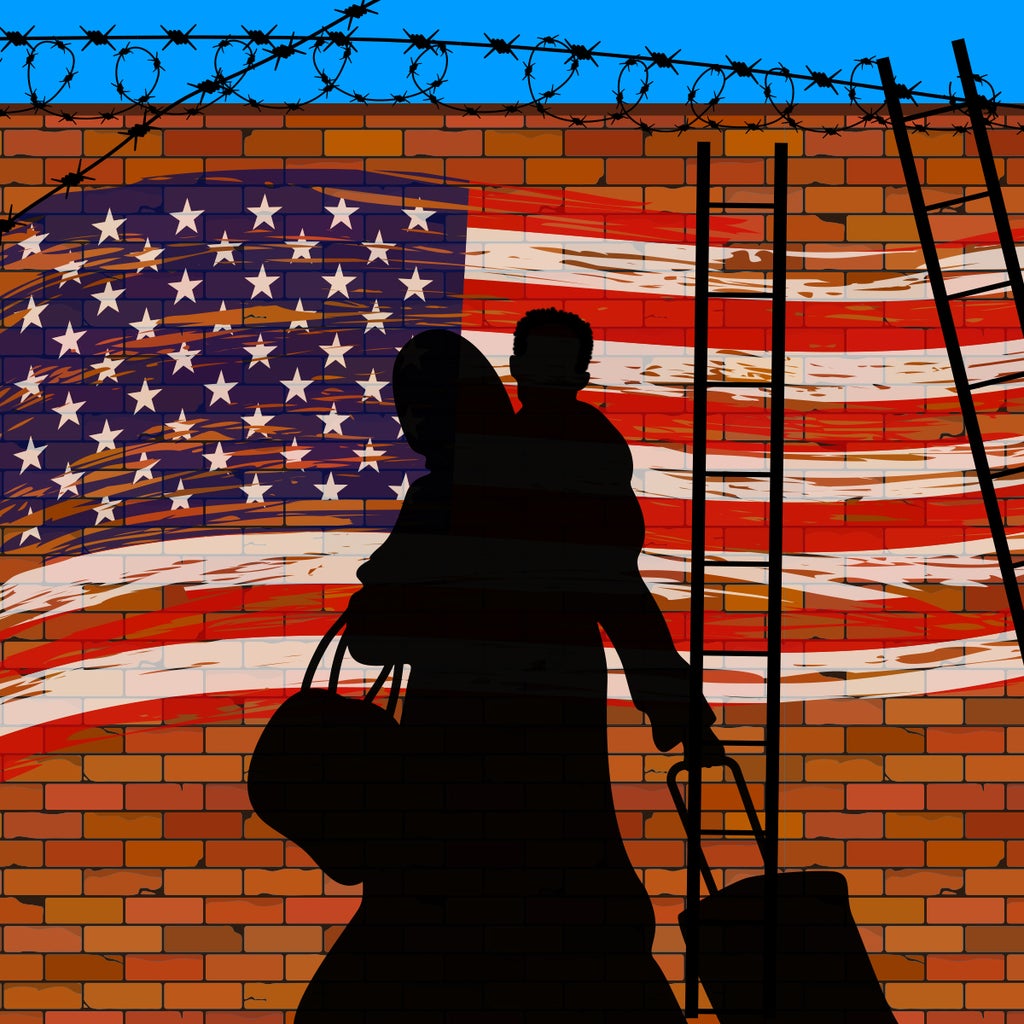
[brightcove:5331672052001 default]
The barrage of actions from the Trump administration aimed at immigrant, refugee, Muslim, and LGBTQ communities (all of which include Black people) has caused fear and uncertainty for many.
One executive order threatens to cut federal funding to cities with “sanctuary” policies for undocumented immigrants and refugees, which limits cooperation between local police and federal immigration agents. And in displays of political grandstanding, mayors in progressive cities have vowed to remain sanctuaries despite the threats.
But many of today’s sanctuary cities exclude large numbers of immigrants from protection because of their involvement with the criminal justice system or alleged gang member status. These exclusions build on former President Obama’s “felons, not families” rhetoric (as though people who have committed crimes do not have families), which continues to drive an unprecedented number of undocumented immigrants into detention and deportation.
When I hear the word “sanctuary,” I envision a place that is safe for everyone — regardless of citizenship status, gender, religion, or any other marker that deems one “other” in this country. That vision does not include Donald Trump, the National Guard, Immigration and Customs Enforcement, Border Patrol nor local police departments. I envision self-sustaining, well-resourced communities with strong bonds and networks of people who call on each other in times of need. Without addressing safety and protections for all targeted communities, sanctuary is a misnomer.
Subscribe to our daily newsletter for the latest in hair, beauty, style and celebrity news.
Both the immigration and criminal justice systems have always been linked and racialized. So, it is no surprise that Black immigrants are at heightened risk of detention and deportation. Just as police contact can have disastrous consequences for Black undocumented immigrants, we know all too well what police contact can mean for Black people born in the U.S.
Whether it’s stop-and-frisk or no-knock raids, both undocumented immigrants and U.S.-born Black folks have a vested stake in redefining what sanctuary really means, and in resisting Trump’s “law-and-order” agenda. Trump has made it clear that he is committed to strengthening all law enforcement, not just immigration agents. Thus, policies that address racist policing, incarceration and criminalization must be part of the demands of the immigrant rights movement. As long as the immigration and criminal justice systems are interconnected, creating real sanctuary cities is an issue of linked fate and real practical, principled solidarity.
Violence has long been used as a rationale and justification for continued and increased investment in the police state, but there is no evidence that huge municipal expenditures on policing translate to actual safety. Trump’s threat to “send in the feds” and otherwise increase law enforcement presence in Chicago, for example, would only weaken community bonds by funneling more Black people – both U.S. born and immigrant – into jail and detention. Sustaining mass incarceration and the deportation machine will not keep us safe.
Non-cooperation with immigration enforcement is only a minimum to what sanctuary should be. More of a standard would include repealing crimes of survival; expanding pre-arrest diversion programs to provide more effective alternatives to arrest, charges or conviction; eliminating the use of databases that track supposed gang affiliation without due process; and ending school-based arrests.
Ultimately, though, real sanctuary requires cities to divest from police as a false system of safety, and reallocate funds to support communities lacking affordable housing, jobs, good public schools, mental health and drug treatment, and health care.
Janaé Bonsu is the National Public Policy Director for BYP 100.
